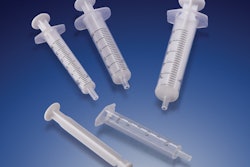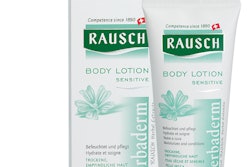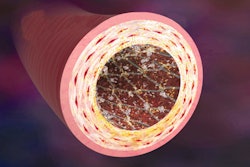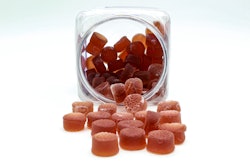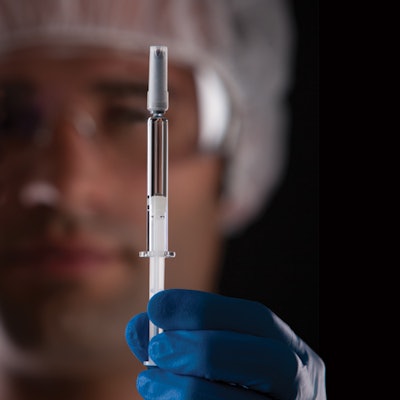
Enhanced regulations and regulatory guidance on current Good Manufacturing Practices and the trend toward biopharmaceuticals have significantly impacted drug product manufacturing. Early stage guidance from experts with experience in packaging applications and manufacturing practices can help drug manufacturers identify potential hazards associated with packaging materials while a product is still in development.
By working together from an early stage, drug and packaging manufacturers can develop customized solutions that can help mitigate risk, increase efficiencies and ensure sustainability while improving products and processes. Working with a knowledgeable partner, choosing consistent components and high-quality materials, and differentiating drug product with a unique delivery or administration system can help pharmaceutical companies deliver a safe, effective product that will stand out among competitors in the marketplace.
Tip 1. Choose consistent components. Pharmaceutical manufacturers should look for packaging components that are consistent from lot to lot. Such components will help avoid costly issues when the drug is commercialized, particularly when packaging is used consistently throughout the development lifecycle of the drug product. Use of consistent materials from R&D through commercialization enables manufacturers to determine sooner if there is any interaction between the drug and its packaging, including time-dependent issues such as glass delamination and leachables, which can affect patient safety.
Tip 2. Mitigate the risk of recalls. As many manufacturers have learned, the choice of packaging material can impact the bottom line. By selecting container closure systems made from a novel material à such as a cyclic olefin polymer à companies may incur a slightly higher initial investment, but the long-term advantages can far outweigh this cost.
Offering an alternative to traditional materials, cyclic olefin polymers enable manufacturers to offer a high-quality, transparent, break-resistant material that is more inert than glass, is scratch resistant and, unlike glass, does not flake, which reduces particulate contamination within a vial or syringe system. These components also can be stored and shipped at low temperatures, which is a common requirement of many biologics.
Tip 3. Deliver differentiation.How a drug product is going to be delivered should be determined based on the clinical application, and packaging can be an important factor in getting a drug product through the regulatory approval process smoothly and to the market quickly. Initially, pharmaceutical manufacturers should seek out reliable, standardized, low-risk packaging materials, and then apply a unique administration system to differentiate and optimize delivery.
Selecting a material that can be used consistently throughout the drug development process, such as a cyclic olefin polymer, can help mitigate risk and reduce time to market. Cyclic olefin polymers can be molded into a variety of shapes and sizes, enabling manufacturers to offer unique delivery or administration systems without the need to retest the material for interactions with the drug product.
For pharmaceutical manufacturers, an early-stage supplier partnership can eliminate the in-house component preparation process, which can be a cost-effective method of complying with new regulations and streamlining the fill process. By creating a lasting partnership, drug makers not only help to establish compliance and improve quality, but also can rely on expert counsel throughout a drugÕs lifecycle.
--Article provided by Frances L. DeGrazio, vice president, marketing and strategic business development at West Pharmaceutical Services, Inc. . DeGrazio has more than 25 years of experience in pharmaceutical packaging, with extensive experience in the area of injectable drug delivery, such as vial/closure combinations and prefillable syringe systems.
By working together from an early stage, drug and packaging manufacturers can develop customized solutions that can help mitigate risk, increase efficiencies and ensure sustainability while improving products and processes. Working with a knowledgeable partner, choosing consistent components and high-quality materials, and differentiating drug product with a unique delivery or administration system can help pharmaceutical companies deliver a safe, effective product that will stand out among competitors in the marketplace.
Tip 1. Choose consistent components. Pharmaceutical manufacturers should look for packaging components that are consistent from lot to lot. Such components will help avoid costly issues when the drug is commercialized, particularly when packaging is used consistently throughout the development lifecycle of the drug product. Use of consistent materials from R&D through commercialization enables manufacturers to determine sooner if there is any interaction between the drug and its packaging, including time-dependent issues such as glass delamination and leachables, which can affect patient safety.
Tip 2. Mitigate the risk of recalls. As many manufacturers have learned, the choice of packaging material can impact the bottom line. By selecting container closure systems made from a novel material à such as a cyclic olefin polymer à companies may incur a slightly higher initial investment, but the long-term advantages can far outweigh this cost.
Offering an alternative to traditional materials, cyclic olefin polymers enable manufacturers to offer a high-quality, transparent, break-resistant material that is more inert than glass, is scratch resistant and, unlike glass, does not flake, which reduces particulate contamination within a vial or syringe system. These components also can be stored and shipped at low temperatures, which is a common requirement of many biologics.
Tip 3. Deliver differentiation.How a drug product is going to be delivered should be determined based on the clinical application, and packaging can be an important factor in getting a drug product through the regulatory approval process smoothly and to the market quickly. Initially, pharmaceutical manufacturers should seek out reliable, standardized, low-risk packaging materials, and then apply a unique administration system to differentiate and optimize delivery.
Selecting a material that can be used consistently throughout the drug development process, such as a cyclic olefin polymer, can help mitigate risk and reduce time to market. Cyclic olefin polymers can be molded into a variety of shapes and sizes, enabling manufacturers to offer unique delivery or administration systems without the need to retest the material for interactions with the drug product.
For pharmaceutical manufacturers, an early-stage supplier partnership can eliminate the in-house component preparation process, which can be a cost-effective method of complying with new regulations and streamlining the fill process. By creating a lasting partnership, drug makers not only help to establish compliance and improve quality, but also can rely on expert counsel throughout a drugÕs lifecycle.
--Article provided by Frances L. DeGrazio, vice president, marketing and strategic business development at West Pharmaceutical Services, Inc. . DeGrazio has more than 25 years of experience in pharmaceutical packaging, with extensive experience in the area of injectable drug delivery, such as vial/closure combinations and prefillable syringe systems.
